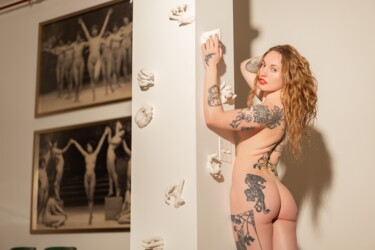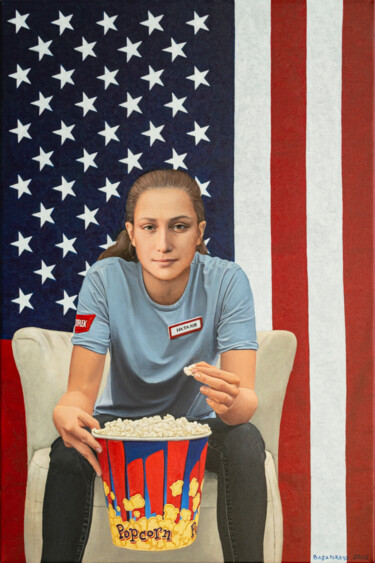
47,607 Original artworks, Limited Editions & Prints:
Conceptual art, often known as conceptualism, is art in which the underlying idea or concept is more relevant than the final product. Conceptual artists created works and writings between the middle of the 1960s and the middle of the 1970s that fundamentally rejected conventional notions of art.
To convey their ideas, conceptual artists chose the media and formats that worked best for them. This led to a wide variety of artworks that might resemble anything, from performances to writing to everyday objects. The artists used unseen systems, structures, and processes, as well as linguistic, mathematical, and process-oriented elements of mind, to investigate the possibilities of art as concept and art as knowledge. Some conceptual art pieces, also known as installations, can be created by anyone simply according to a set of written instructions.
The question of artistic ability is a key distinction between conceptual art and more "conventional" types of art-making. Although expertise in the use of traditional media frequently plays a little role in conceptual art, it is difficult to claim that conceptual works always lack talent or that skill is not necessary to create them.
The origins of Conceptual Art
It's widely known that Marcel Duchamp founded conceptual art. Although the term "conceptual art" wasn't coined until the 1960s, the movement's roots may be found in 1917, when Marcel Duchamp famously purchased a urinal from a plumbing store and entered it as a sculpture in a New York open sculpture exhibition. The jury disqualified the piece because they thought it was immoral and wouldn't accept it as art. Duchamp created the path for Conceptual art by exploration of the limits of art and critique of the art world. Later, American artist Joseph Kosuth acknowledged Duchamp's relevance and theoretical significance for upcoming "conceptualists" in his 1969 essay, Art after Philosophy, in which he stated: "All art (after Duchamp) is conceptual (in nature) because art only exists conceptually."
Members of the Fluxus movement were already using the term "concept art" from the beginning of the 1960s. The movement's main goal was to break away from modernism's exclusivity and promote an open attitude toward art. Artists involved in the Fluxus movement were interested in expanding the aesthetic's points of reference to include anything, from an object to a sound or an action. Fluxus is unquestionably one of Conceptual art's influences, even though it isn't always considered to be a part of the movement. It was a significant trend on par with conceptualism, and its practitioners are frequently referred to as conceptual artists.
In part as a response to formalism as it was then described by the famous New York art critic Clement Greenberg, conceptual art arose as a movement in the 1960s. According to Greenberg, modern art pursued the objective of establishing the fundamental, formal nature of each media through a process of continual reduction and refinement. The components that were in opposition to this nature had to be minimized. For instance, the job of painting was to properly describe what kind of object a painting is, and nothing else: what makes it a painting and nothing else.
Others, including many of the artists themselves, saw conceptual art as a fundamental break from Greenberg's type of formalist Modernism. Some have suggested that conceptual art extended this "dematerialization" of art by eliminating the necessity for things completely. Later artists had the same dislike for illusion and preference for art that is self-critical.
By the end of the 1960s, it was evident that Greenberg's rules for keeping art within the parameters of each medium and excluding extraneous subject matter were no longer valid. In an effort to undermine the gallery or museum as the setting and arbiter of art as well as the art market as the owner and seller of art, conceptual art also responded against the commercialisation of art.
Language based art
The primary concern of the first generation of conceptual artists in the 1960s and early 1970s was language. Although using text in art was nothing new, it wasn't until the 1960s that artists like Lawrence Weiner, Edward Ruscha, Joseph Kosuth, Robert Barry, and Art & Language started making art solely through language. The conceptual artists employed language in place of brush and canvas and gave it the freedom to signify on its own, as opposed to the past where language was portrayed as one type of visual element among others and subordinate to an overall composition (such as Synthetic Cubism).
The turn to linguistic theories of meaning in both Anglo-American analytic philosophy and structuralist and post structuralist Continental philosophy during the middle of the 20th century, according to British philosopher and conceptual art theorist Peter Osborne, was one of the many factors that influenced the gravitation toward language-based art. This linguistic shift "supported and legitimized" the conceptual artists' choice of path. The early conceptualists were the first generation of artists to complete degree-based academic training in art, according to Osborne. In a later public lecture, Osborne stated that contemporary art is post-conceptual. It is a claim made in relation to the ontology of the artistic production (rather than say at the descriptive level of style or movement).
Famous conceptual artists
Joseph Beuys
German artist Joseph Beuys (1921 -1986), active in Europe and the US from the 1950s to the early 1980s, became known for his work in the international Conceptual art and Fluxus movements of that time. Beuys' extensive body of work encompasses both traditional media like drawing, painting, and sculpture as well as process-oriented or time-based "action" art, the performance of which suggested how art may have a healing effect when it addresses psychological, social, or political issues (on both the artist and the audience).
Joseph Kosuth
Joseph Kosuth (b. 1945) is an American conceptual artist and theoretician. In the middle of the 1960s, Joseph Kosuth was one of the founders of conceptual art, which grew into a significant movement that flourished into the 1970s and continues to have an impact today. He examined the relationship between ideas and the images and words used to convey them and was a pioneer in the use of words in place of visual imagery of any type. He has created various site-specific installations since the 1970s that continue to investigate how humans experience, understand, and react to words.
Sol LeWitt
Sol LeWitt (1928 - 2007) was an American conceptual artist and painter. Due to his leading role in the Conceptual movement, he earned a place in the annals of art history. His faith in the creative process of the artist played a crucial role in the shift from the modern to the postmodern periods. LeWitt's definition of conceptual art as an intellectual, pragmatic act provided a fresh facet to the artist's job that was significantly distinct from the romanticism of Abstract Expressionism. LeWitt's artwork included sculpture, painting, and drawing in addition to virtually entirely conceptual creations that were merely concepts or components of the creative process.
Robert Smithson
More young artists have been influenced by Robert Smithson (1938–1973) than perhaps any other member of the group that developed in the 1960s. He was a talented artist and writer whose interests included science fiction, mineralogy, and Catholicism. Early works by him included collages and paintings, but he soon turned his attention to sculpture in response to the Minimalism and Conceptualism of the early 1960s. He also began to take his art outside of galleries and into the landscape.
Damien Hirst
Damien Hirst (b. 1965) is an English artist, the art icon of the 1990s and one of the biggest provocateurs of the late 20th century as well as a divisive figure in contemporary art history. Charles Saatchi, an advertising magnate who recognized potential in Hirst's decomposing animal corpses and gave him an almost unlimited cash to continue, helped the young and essentially unknown artist rise far and quickly.
The topic of death dominates many of Hirst's pieces. He became famous for a body of work that featured preserved, occasionally dissected, dead animals in formaldehyde, including a shark, sheep, and cow. The most well-known of them was a 4.3 m long formaldehyde-immersed tiger shark in a glass exhibition case called The Physical Impossibility of Death in the Mind of Someone Living.
For a living artist, Hirst created history in September 2008 when he bypassed his longtime galleries and sold the entirety of his exhibition, Beautiful Inside My Head Forever, at Sotheby's by auction. The auction broke the record for a single-artist auction by raising £111 million ($198 million).
Walter de Maria
Walter de Maria (1935 - 2013) was an American sculptor and conceptual artist. Walter de Maria created interactive sculpture installations and provided conceptual support for larger-scale sculptural works, bridging several artistic practice groups that grew in popularity in the 1960s. In later works, he also created connections between viewers and the natural world by either incorporating visual aspects into the environment itself or integrating natural elements into gallery settings. His most ambitious works were very large-scale not only in terms of physical size but also in terms of exhibition duration, with some lasting decades both inside and outside.
Jenny Holzer
Jenny Holzer (b. 1950) is an American neo-conceptual artist. Her work primarily focuses on communicating ideas and words in public settings and includes large-scale installations, advertising billboards, projections on buildings and other structures, and illuminated electronic displays. Jenny Holzer's text-based artwork can be found in unexpected places: on t-shirts, billboards, parking meters and LED signs (Holzer's trademark medium).
Artist and political activist Holzer wants to stop people from passively consuming information from unfavorable sources. The ambition and scale of her art, which has been displayed in public locations across much of the globe, have expanded along with her reputation. Holzer joins the ranks of anti-authoritarians in art from the beginning of modernism (which is essentially a struggle against tradition) through the twenty-first century in her strong cynicism of power.
Lawrence Weiner
Lawrence Weiner (1942 - 2001) was an American conceptual artist and one of the pioneers of text-as-art during the era of Conceptualism. His use of words is remarkable for its poetry, its curious contact with the real world, and its distinctive, frequently vibrant, and often humorous visual forms. Working-class artist Weiner considered his paintings as invitations for viewers to reevaluate their relationships with the world around them, particularly with other people and systems of power.
Conceptual artists quotes
Sol LeWitt
“In conceptual art the idea or concept is the most important aspect of the work. When an artist uses a conceptual form of art, it means that all of the planning and decisions are made beforehand and the execution is a perfunctory affair. The idea becomes a machine that makes the art.”
“New materials are one of the great afflictions of contemporary art. Some artists confuse new materials with new ideas.”
“Artists teach critics what to think. Critics repeat what the artists teach them.”
“In conceptual art the idea or concept is the most important aspect of the work”
Joseph Kosuth
“Anything can be art. Art is the relations between relations, not the relations between objects.”
“All art (after Duchamp) is conceptual (in nature) because art only exists conceptually.”
Damien Hirst
“You need a big ego to be an artist.”
“Museums are for dead artists. I'd never show my work in the Tate. You'd never get me in that place.”
Walter de Maria
"I think to be a true minimalist you should almost nearly be invisible yourself."
"Every good work should have at least ten meanings."
Jenny Holzer
“Lack of charisma can be fatal.”
“Being happy is more important than anything else.”
“All things are delicately interconnected.”
“You are a victim of the rules you live by.”
Lawrence Weiner
“The only art I'm interested in is the art I don't understand right away. If you understand it right away it really has no use except as nostalgia.”
Discover original contemporary Conceptual Art Artworks on ArtMajeur
Contemporary Conceptual Art is an innovative and thought-provoking form of art that emerged in the 1960s. This type of artwork is characterized by its focus on the concept or idea behind the artwork, rather than its aesthetic qualities. Conceptual artists use a wide range of supports and materials to convey their ideas, including photography, video, text, and found objects. What makes Conceptual Art unique is its emphasis on intellectual and philosophical concepts, often challenging traditional notions of art.

©2025 Nataliya Bagatskaya
Origins and History
Conceptual artists, led by the American critic Clement Greenberg, made art that was less formal than the Abstract Expressionism art that was popular at the time. Conceptual artists didn’t care about colors, lines, techniques, or the way the medium looked or how it was made.
Conceptual art emerged in the mid-1960s as a radical departure from traditional art forms, and its origins are deeply rooted in the cultural and political climate of the time. Rejecting the idea that art should be solely an object to be admired or appreciated for its aesthetic qualities, conceptual artists sought to shift the focus of art from the material object to the idea or concept behind it.
One of the early pioneers of conceptual art was the American artist Sol LeWitt, who declared in his 1967 essay "Paragraphs on Conceptual Art" that "the idea becomes a machine that makes the art." LeWitt and other conceptual artists of the time believed that the idea behind the work was the most important aspect, and that the execution of the idea was secondary.
This approach to art-making was a response to the cultural and political upheavals of the 1960s, which saw the rise of the Civil Rights movement, anti-war protests, and the questioning of traditional power structures. Conceptual artists sought to challenge the art establishment and the commodification of art, and to create works that were more accessible to the general public.
One of the most famous examples of conceptual art is Marcel Duchamp’s "Fountain" (1917), which consisted of a urinal signed with a pseudonym and submitted to an art exhibition. Duchamp’s work challenged the notion of what could be considered art, and paved the way for future generations of conceptual artists to explore new forms and ideas.
Conceptual art has continued to evolve and influence contemporary art practices, with artists such as Damien Hirst, Jenny Holzer, and Ai Weiwei pushing the boundaries of what can be considered art and challenging viewers to question their preconceptions about the nature of art itself.
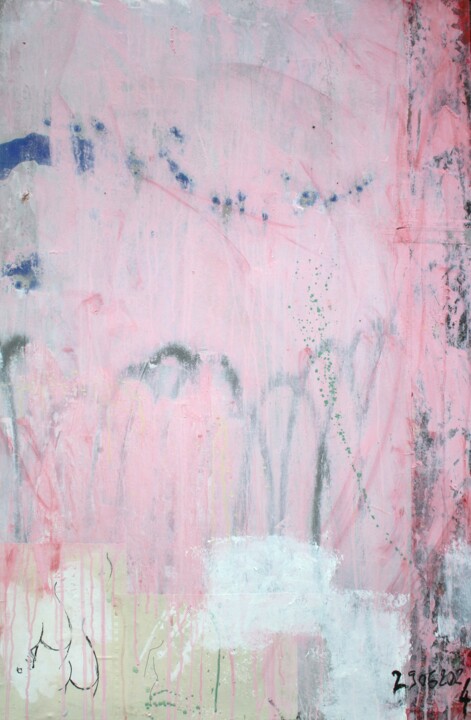
©2024 Eric Ullrich
Evolutions of theses works in the contemporary art market
Contemporary Conceptual Art has been experiencing a remarkable evolution in recent years. Artists are pushing boundaries, challenging norms, and creating innovative works that are both thought-provoking and visually stunning. These artworks are gaining significant importance in the contemporary art market, with collectors and art enthusiasts alike eager to acquire them.
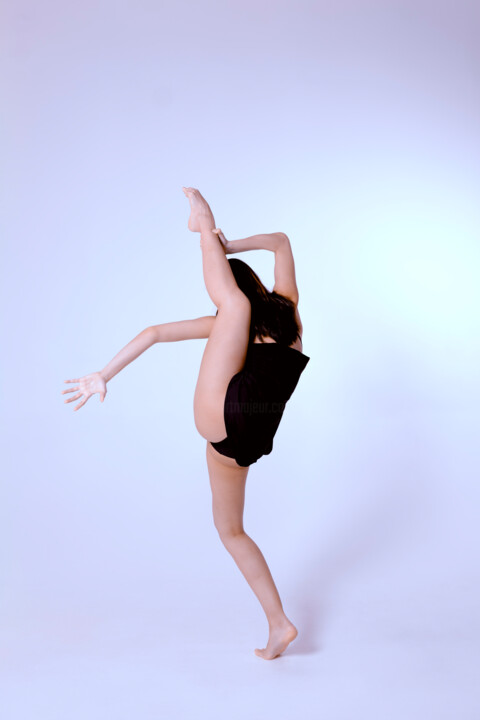
©2025 Cody Choi
Related Famous Artists
Contemporary Conceptual Art is a genre that challenges traditional artistic conventions by prioritizing ideas over aesthetics. Several well-known artists have made significant contributions to this field, including Jenny Holzer, who is famous for using LED lights to display provocative messages in public spaces. Another artist, Ai Weiwei, is known for his social and political commentary, often using materials such as porcelain and wood to create thought-provoking installations. Yoko Ono, a pioneer of Conceptual Art in the 1960s, continues to create work that questions societal norms and encourages audience participation. Damien Hirst, a controversial figure in the art world, has made headlines with his taxidermy animals and diamond-encrusted skulls, raising questions about the commodification of art. Tracey Emin, a prominent feminist artist, is known for her confessional and autobiographical works, often using neon lights and embroidery to convey raw emotions. These artists are just a few examples of those who have pushed the boundaries of Conceptual Art, creating works that challenge and provoke the viewer.
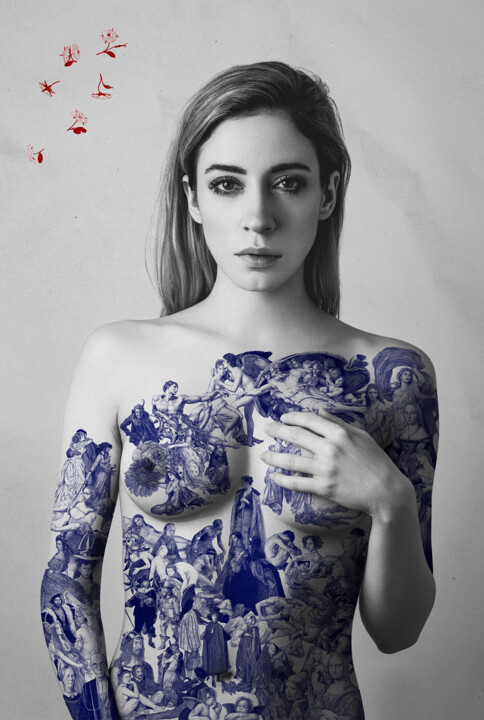
©2025 Lídia Vives
Notable original contemporary Conceptual Art artworks
Contemporary Conceptual Art has produced several groundbreaking artworks that challenge traditional notions of art. One such artwork is "Fountain" by Marcel Duchamp, created in 1917. Duchamp’s artwork is a porcelain urinal turned upside down and signed with the pseudonym "R. Mutt." The artwork questions the value and purpose of art by presenting an everyday object as a work of art.
Another famous artwork is "One and Three Chairs" by Joseph Kosuth, created in 1965. The artwork consists of a physical chair, a photograph of the chair, and a definition of the word "chair." The artwork challenges the viewer’s perception of reality and the relationship between language, image, and object.
Yoko Ono’s "Instruction Paintings" (1961-62) are also important pieces in Conceptual Art. The artwork consists of a series of written instructions for the viewer to perform, such as "Imagine the sky is just in front of you. Jump up and try to touch it." The artwork blurs the line between the artist and the viewer, making the viewer an active participant in the creation of the artwork.
Sol LeWitt’s "Wall Drawings" (1968-2007) are another well-known example of Conceptual Art. The artwork consists of a set of instructions for creating a drawing on a wall, which is then carried out by the artist or others. The artwork emphasizes the idea or concept behind the artwork rather than the physical object itself.
Tracey Emin’s "Everyone I Have Ever Slept With 1963-1995" (1995) is a highly personal artwork that reflects on the artist’s past relationships. The artwork consists of a tent embroidered with the names of everyone the artist had ever slept with, including family members. The artwork challenges social norms and conventions surrounding sexuality and intimacy.
These artworks and many others continue to inspire and challenge the art world, pushing the boundaries of what art can be and the role of the artist in society.


Lídia Vives
Photography | 24.8x16.5 in
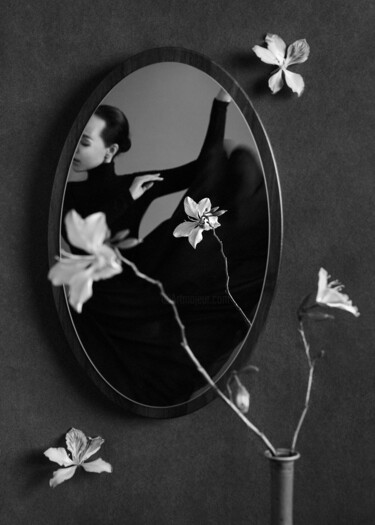
Xidong Luo
Photography | 27.6x19.7 in

Xidong Luo
Photography | 27.6x19.7 in

Xidong Luo
Photography | 27.6x19.7 in
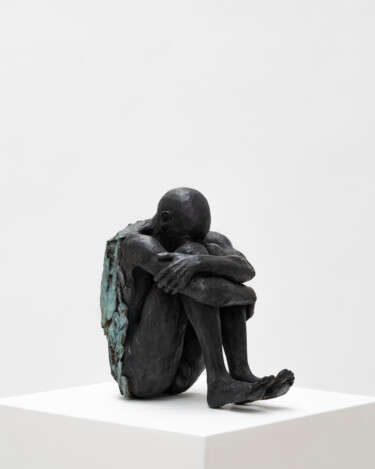
Antonio Tropiano
Sculpture - Bronze | 11.8x7.1 in

Xidong Luo
Photography | 27.6x19.7 in
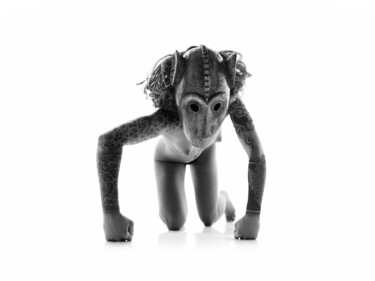
Jb Thiele
Photography | 17.7x23.6 in
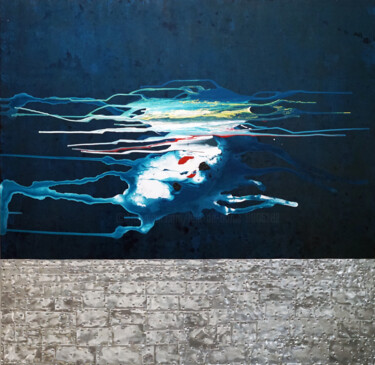
Lele De Bonis
Enamel on Wood | 48x47.2 in

Cédric Brion
Photography | 23.6x23.6 in

Cody Choi
Photography | 75x50 in

Gérard Esquerre
Digital Arts | 23.6x47.2 in

Lele De Bonis
Sculpture - Aluminium | 31.5x9.8 in
